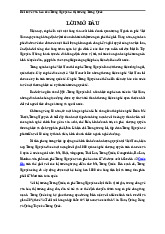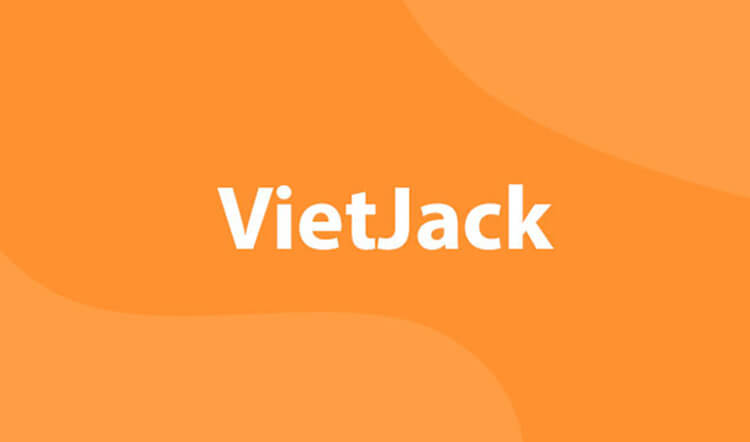




Preview text:
lOMoAR cPSD| 50159245 Problem 2:
A commodity bond, as mentioned, is a type of bond where the interest and principal
payments are tied to the price of a particular commodity. This means that the value of
the bond and the payments received by the bondholder are dependent on the price
fluctuations of the underlying commodity.
Differentiating from a straight bond:
A straight bond has a fixed interest rate and principal payment, regardless of any price
changes in commodities or other assets. The interest and principal payments of a
straight bond are not influenced by fluctuations in the price of a specific commodity or any other external factor. Differentiating from equity:
Equity represents ownership in a company, in the form of shares or stocks. Equity
holders are entitled to a share of the company's profits and may exercise voting rights.
The value of equity is determined by market demand and supply dynamics, company
performance, and other factors. Unlike commodity bonds, equity does not involve
fixed interest or principal payments.
Analyzing the debt ratio for a company with exclusively commodity bonds requires
considering the following differences: 1.
Commodity price risk: The debt ratio analysis of a company with commodity
bonds needs to incorporate the potential impact of commodity price fluctuations on
the company's financial health. A decline in the price of the underlying commodity
could negatively affect the company's ability to make interest and principal payments,
potentially increasing the risk associated with its debt obligations. 2.
Market volatility: Commodity bond issuers may be exposed to greater market
volatility compared to companies with straight bonds or equity. Fluctuations in
commodity prices can impact the company's revenue, profitability, and overall
financial stability. Therefore, in the analysis of the debt ratio, it is essential to assess
the company's ability to handle this volatility and consider the potential impact on its leverage and financial risk. 3.
Risk management strategies: Companies issuing commodity bonds may
implement risk management strategies to mitigate price risks. This could involve
hedging techniques such as futures contracts or options to protect themselves from lOMoAR cPSD| 50159245
adverse movements in commodity prices. Evaluating the effectiveness of these risk
management strategies and their impact on the debt ratio will be crucial in assessing
the company's overall financial position. 4.
Market demand and investor sentiment: Commodity bonds may be attractive to
investors seeking exposure to specific commodities or commodity-related sectors.
Therefore, market demand and investor sentiment towards these bonds should be
considered in the analysis. A strong investor demand may provide the company with
greater financial flexibility, while weak demand or negative sentiment could increase
refinancing risks and impact the debt ratio.
In conclusion, when analyzing the debt ratio of a company that has exclusively issued
commodity bonds, it is important to consider the inherent risks associated with
commodity price fluctuations, market volatility, risk management strategies employed
by the company, and the influence of market demand and investor sentiment on the
overall financial health of the company. Problem 5:
To calculate the debt ratio for this firm, we need to determine the total amount of debt
and the total value of the firm. Total amount of debt: 1) Straight debt: $25 million
2) Convertible bonds outstanding: 20,000 x $1,000 = $20 million
Total debt of the firm = $25 million + $20 million = $45 million Total value of the firm:
1) Shares outstanding: 1 million 2) Share price: $50
Total value of the firm = 1 million x $50 = $50 million
Now, we can calculate the debt ratio:
Debt ratio = Total Debt / Total Value of the Firm
Debt ratio = $45 million / $50 million = 0.9 or 90%
Therefore, the debt ratio for this firm is 90%. lOMoAR cPSD| 50159245 Problem 8: a.
Yes, the firm should accept the venture capital. By contributing $20 million, the
venture capitalist is increasing the firm's value from $80 million to $120 million,
resulting in a $40 million increase in value. b.
To break even on the venture capital financing, the owner of the private firm
would need to maintain 70% ownership of the firm after the additional capital
contribution. This can be calculated by taking the initial value of the firm ($80
million) multiplied by the owner's ownership percentage, and setting it equal to the
post-capital contribution firm value ($120 million).
(Owner's ownership percentage) * ($80 million) = ($120 million)
Solving for the owner's ownership percentage:
(Owner's ownership percentage) = ($120 million) / ($80 million)
(Owner's ownership percentage) = 1.5
To break even, the owner would need to maintain a 1.5% ownership stake in the firm. Problem 10: a.
To estimate the exit value of Cirrus Electronics, we multiply its expected
earnings infour years by the average price-earnings ratio of other firms in the industry.
Exit value = Earnings in four years * Price-earnings ratio Exit value = $15 million * 50 Exit value = $750 million b.
To estimate the value of Cirrus Electronics, we discount its future earnings at our target rate of return.
Value = Earnings / (1 + Target rate of return)^n, where n is the number of years.
Value = $15 million / (1 + 35%)^4 Value ≈ $5.6 million c.
To calculate the percentage of the firm value demanded in return for a $75
million venture capital investment, we divide the investment amount by the estimated value of Cirrus Electronics. lOMoAR cPSD| 50159245
Percentage of firm value demanded = (Venture capital investment / Value) * 100
Percentage of firm value demanded = ($75 million / $5.6 million) * 100
Percentage of firm value demanded ≈ 1339.29%
Therefore, at a minimum, you would demand approximately 1339.29% of the firm
value in return for your $75 million investment. Problem 18: a.
To estimate the annual interest tax savings, we need to calculate the interest
expense first. The interest expense is obtained by multiplying the debt amount ($40
million) by the interest rate (9%):
Interest expense = $40 million * 9% = $3.6 million
The interest tax savings can be calculated by multiplying the interest expense by the tax rate (35%):
Annual interest tax savings = $3.6 million * 35% = $1.26 million b.
To estimate the present value of interest tax savings assuming the debt change
is permanent, we can use the formula for the present value of a perpetuity:
Present value = Annual interest tax savings / Interest rate
Present value = $1.26 million / 9% = $14 million c.
To estimate the present value of interest tax savings assuming the debt will be
taken on for 10 years only, we can use the formula for the present value of an annuity:
Present value = Annual interest tax savings * [1 - (1 + interest rate)^(-number of years)] / interest rate
Present value = $1.26 million * [1 - (1 + 9%)^(-10)] / 9%
Present value = $1.26 million * [1 - (1.09)^(-10)] / 9% = $9.73 million d.
If interest rates drop to 7%, the present value of interest tax savings will
increase. This is because the interest expense will remain the same (fixed rate debt),
but the lower interest rate will result in a lower interest expense. As a result, the
annual interest tax savings will be higher, leading to a higher present value of interest lOMoAR cPSD| 50159245
tax savings. To calculate the new present value, we can use the new interest rate of 7%:
New Annual interest tax savings = $40 million * 7% * 35% = $980,000
New Present value = $980,000 / 7% = $14 million
Therefore, the present value of interest tax savings will remain the same at $14 million if interest rates drop to 7%. Problem 24: a.
In the Miller-Modigliani world, the value of the firm remains constant
regardless of leverage. Therefore, the firm's value will remain at $100 million even as the leverage is changed. b.
The cost of capital also remains constant in the Miller-Modigliani world.
Therefore, the cost of equity will continue to be 11% regardless of changes in leverage. c.
If there are taxes, the answers to a and b would change. With taxes, the value of
the firm would decrease as leverage increases. This is because the interest payments
on debt are tax-deductible, which reduces the firm's tax liability and increases its
after-tax cash flows. Therefore, the leveraged firm becomes more valuable than the
unleveraged firm. As a result, the value of the firm would increase with higher leverage.
Similarly, the cost of capital would decrease as leverage increases with taxes. This is
because the tax shield provided by interest payments reduces the after-tax cost of debt,
making it cheaper for the firm to finance its operations. As a result, the overall cost of
capital would decrease with higher leverage.




